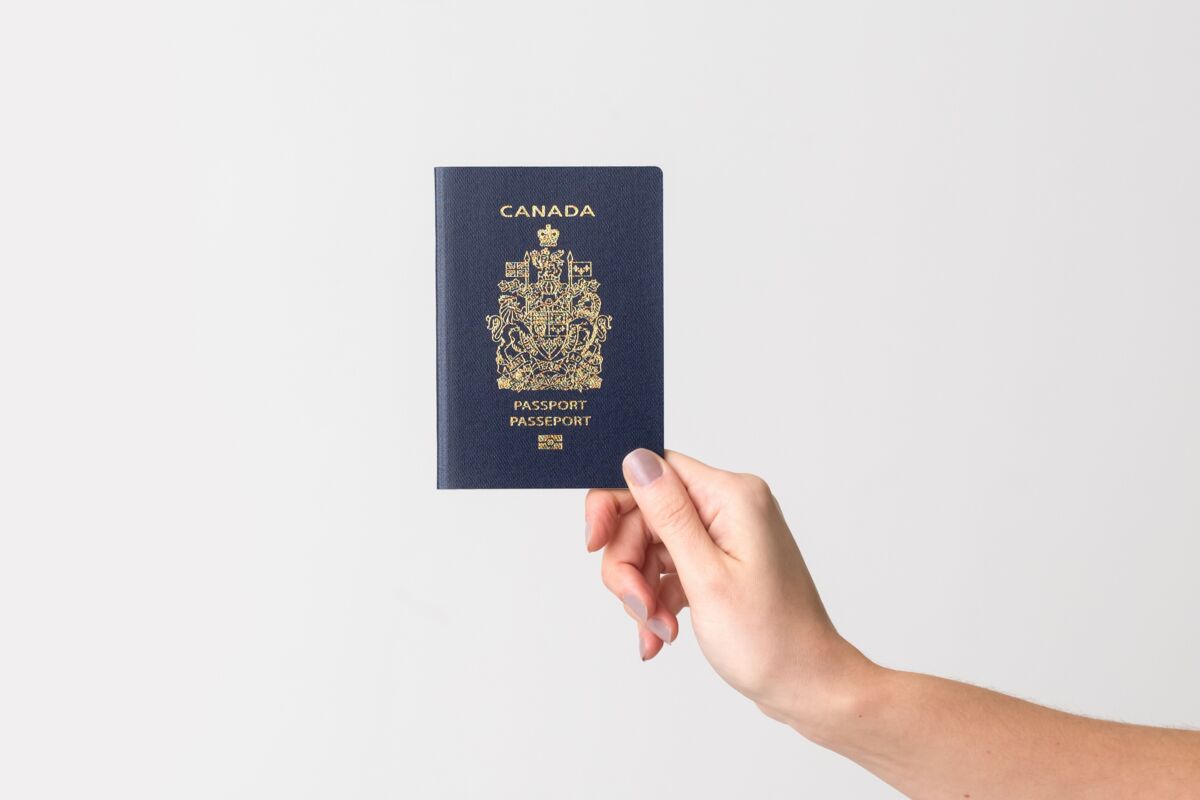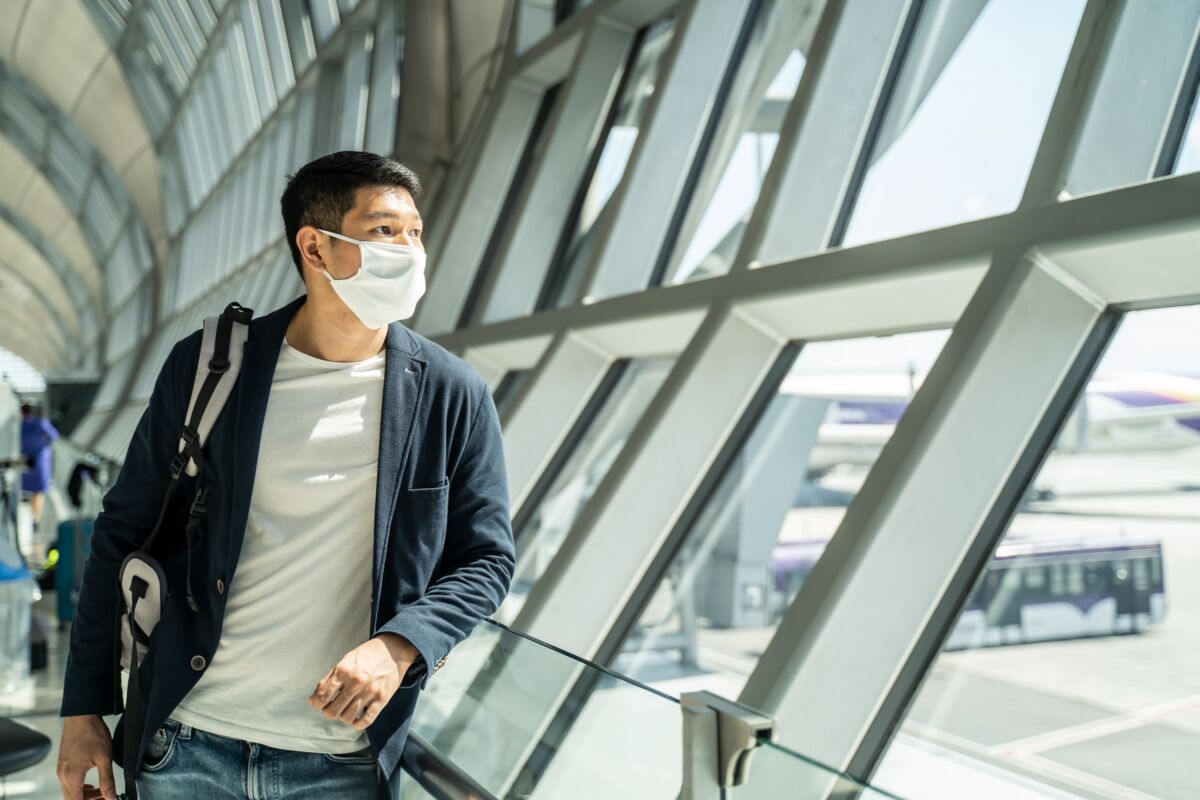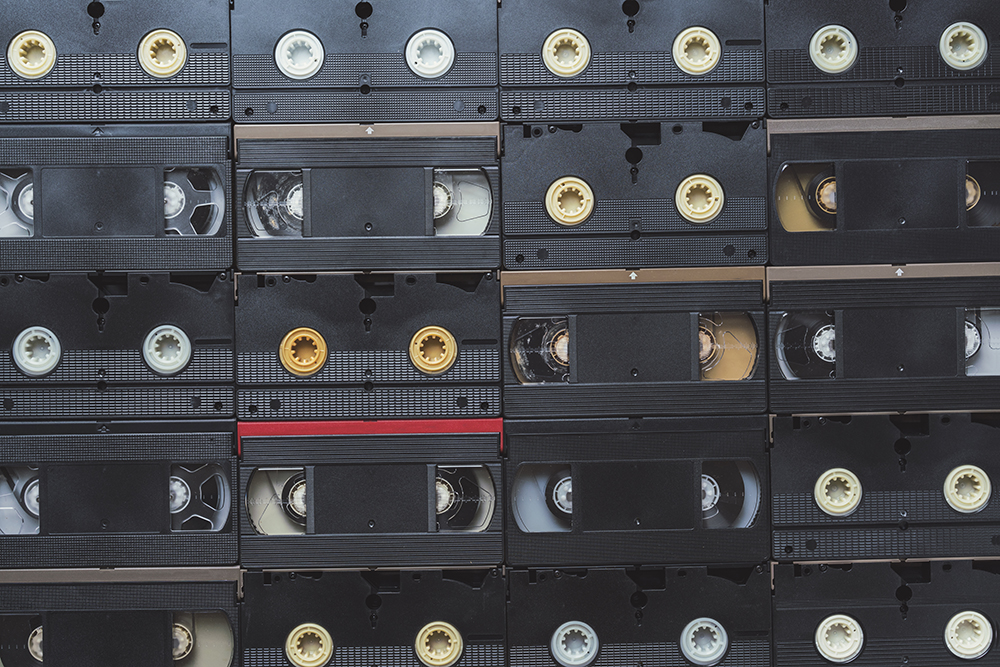
As the world begins to re-open after an unprecedented year without travel, you may be itching to pack your suitcase and take a trip abroad in the near future. Before you start thinking about purchasing a ticket though, best make sure your passport is up-to-date!
If your passport is expired, about to expire, or has run out of pages, you’ll need to renew your passport or apply for a new passport. Applications can take a while to be processed, so you’re better off starting the process sooner rather than later if you’re planning a specific trip you’ll need your passport for.
As part of the passport application process, you’ll need 2 identical and unaltered passport photos. To help make the process as smooth as possible, here’s everything you need to know about getting your passport photos taken:
Quick & Convenient Passport Photos
While passport photos are often given a bad rep because of their less-than-glamorous aesthetic and stringent requirements, they’re a crucial piece of the application process and stand between you and your globetrotting dreams! Luckily, you can visit any London Drugs Photolab location to quickly and conveniently get your passport photos taken. No need to book an appointment, just drop by during regular operating hours.
Using Advanced Biometric Technology
The list of photo guidelines that govern what constitutes a legal ID photo is long, and if the photographer gets any of them wrong, your photo is rejected and your passport won’t be issued until you include ones that meet all the requirements – something that can certainly throw a wrench into your plans if your departure date is imminent. To avoid the inconvenience of a rejected photo, we recommend visiting your local London Drugs Photolab, where our LD Photo Experts have proven experience in getting passport photos right. They are properly trained and well-versed in current passport law and use the latest biometric technology. In fact, London Drugs was the first retailer to offer this new biometric technology from Europe that ensures every photo matches your issuing country’s EXACT specifications.
Our LD Photo Experts make the process quick and easy, using that advanced biometric software which automatically checks pictures against passport office guidelines to streamline the acceptance program. The reliable imaging technology ensures your passport photo always passes the appropriate requirements, and our Photo Experts will give you a quality checklist to show you exactly that. You can also request a Biometric Passport/ID Check Print certificate to show the photo meets government criteria.
Photos for Countries Outside of Canada
In addition to providing photos that meet the requirements of Passport Canada, our Photo Experts can also take passport, visa, and other identification photos for more than 100 governments, with the criteria readily available in the system.
Electronic Passport Photos
You can add a digital image upload option to any passport or ID photo for an additional fee. For more details, simply ask a Photo Expert at your local London Drugs.
Our $50 Guarantee
We have full confidence in our Photolab’s ID photo expertise and biometric passport photo technology. That’s why we stand behind it with this guarantee: if the passport office declines your photo, London Drugs will refund your purchase and offer to both retake the photo and give you a $50 London Drugs gift card to compensate you for the inconvenience.**
To be clear: this covers not only your Canadian passport photo, but any of the ID photos available at the Photolab, including:
- Travel Visas
- Landed Immigrant identification
- Permanent Resident identification
- Firearms licenses
- Passport photos for countries other than Canada
This guarantee also covers all age groups, including babies and toddlers, who can be challenging to photograph properly.
If you’d like more details about ID photos, including technology, privacy or other links and resources, this handy page contains it all. Or better yet, pay a visit to your local Photolab where a knowledgeable Photo Expert can answer all your questions and take your photo at the same time.
Other Updates to Make Before Travelling

1. Check that your vaccinations are up-to-date
This year more than ever, ensuring your vaccinations are up-to-date is an important part of your travel planning.
In addition to checking your country of travel to see COVID-19 travel restrictions and vaccine requirements, it’s also important to check if there are any other vaccinations you should receive, to protect against diseases prevalent in the area you’re planning to travel to. Doing so will ensure you have a safe and healthy trip. You can book a Travel Clinic appointment with our Travel Clinic Pharmacists, who are specially trained to administer common travel vaccinations such as hepatitis A and B, yellow fever, typhoid, and traveller’s diarrhea, and can provide a certificate of proof or waiver (some destinations may require an International Certificate of Vaccination).
Our Pharmacists can advise regarding not only on vaccinations, but also medications and health supplies you’ll need based on your destination(s). You can find more information about our Travel Clinics here.
2. Check that your travel insurance is up-to-date
After you get your passport photos and travel vaccinations, pop over to our Insurances Services desk to make sure your travel insurance is fully up-to-date before travel. Let one of our helpful agents set you up with the right Tugo Travel Insurance coverage for your itinerary. You can also visit us online to conveniently get a quote, purchase a plan, or find your nearest location. We’ve got some travel tips there for you as well!
Once you’ve checked these items off your pre-travel to-do list, you’ll be able to focus on the fun stuff – planning where you’ll eat, sleep and visit! And when the time comes to take that much-anticipated vacation, we wish you a safe and wonderful trip.
*Disclaimer: London Drugs will make every effort to ensure your passport photo meets government standards. However London Drugs cannot guarantee acceptance of passport photos by the Passport Office and expressly disclaims liability for any loss, damages, inconvenience or disrupted travel plans if not accepted for any reason. We recommend you submit your passport application well in advance of any proposed travel plans.











